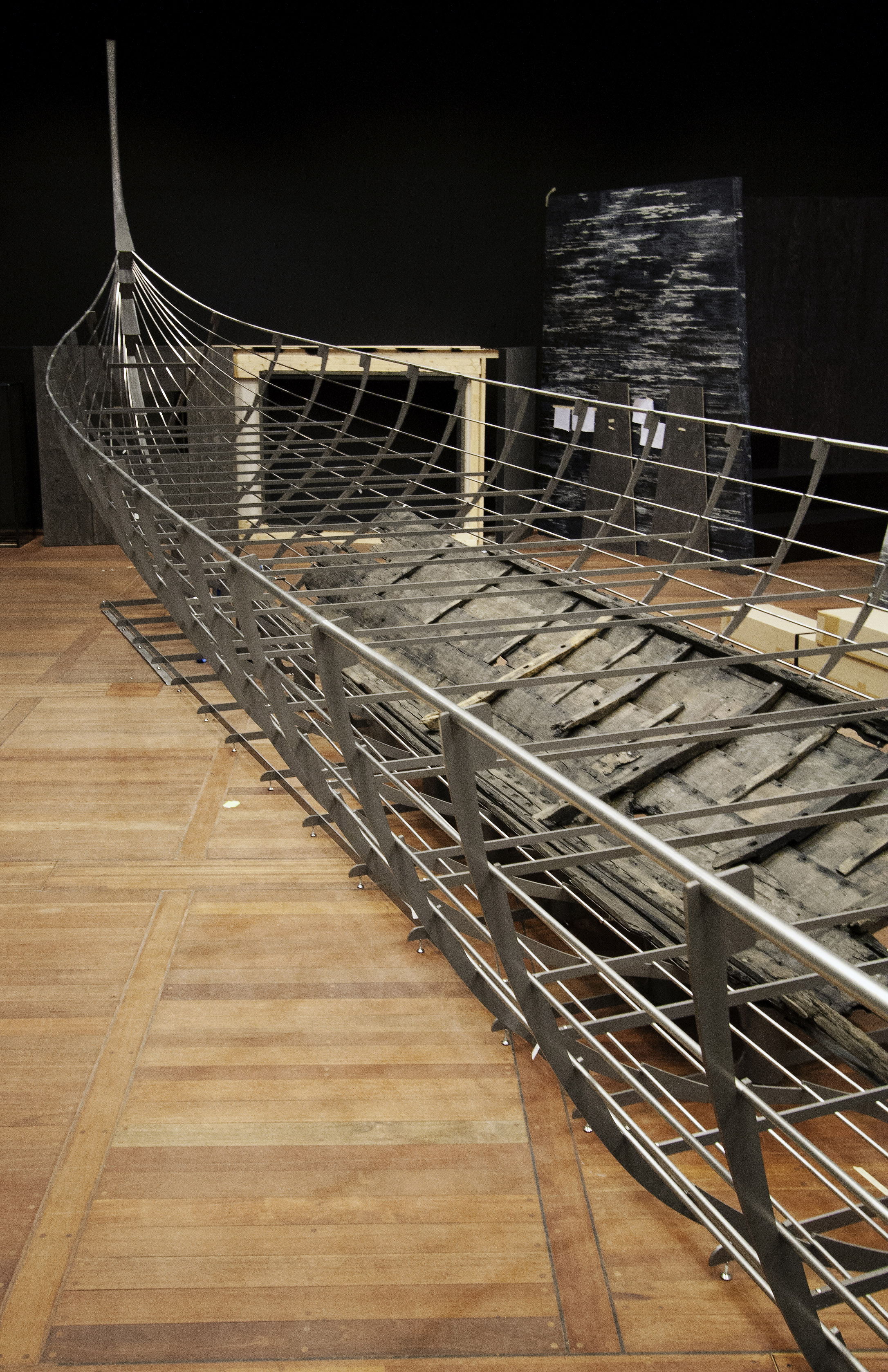By Darian De La Cruz, Ba Japenese
Most of us think of Vikings as bloody warriors, but the most recent exhibition at the British Museum seeks to disprove that. Think a lot of weapons, jewellery, household objects – and the largest Viking ship found to date.
Pirates and raiders. These words best match the original meaning of ‘Viking’ in Old Norse, which stands as a tribute to the reputation these people garnered. Certainly, even in the modern day Vikings are most widely recognised for their brutal conquests and plunders in a relentless pursuit of wealth – an image which has been emphasised by a number of recent films.
However, the most recent exhibition unveiled at the British Museum, “Vikings: life and legend” aims to give its visitors a different insight into the lives of the many peoples of Scandinavia between AD 800 and 1050, allowing us to form new perceptions of who the Vikings really were. From the moment that we enter the first room of the exhibition, we are informed that these men and women were not simply warriors; they were also skilled sailors, craftsmen, and adept traders. Most importantly, they were exceptional travellers which enabled them to develop a global trading network that was unparalleled in its time. In fact, Exhibition Curator Gareth Williams reveals that they voyaged “as far West as Eastern Canada … as far East as Central Asia … as far South as Morocco”.
On their travels, the Vikings did not always engage in brutalities; they also actively pursued cultural interactions, leaving their mark on countries they had visited while being influenced themselves by objects imported from near and faraway lands. Evidence of this cultural adaption is displayed at the exhibition and consists of large numbers of foreign coins, such as Islamic silver dirhams from the Middle East, and intricate metalwork crafted in styles borrowed from such countries as Scotland.
The numerous hoards of jewellery, expensively ornamented weapons and household objects cast in precious metals cannot be overlooked. Arguably, the most impressive and eye-catching of the lot are the excessive, oversized brooches and neck rings which would have been worn by prosperous Viking men. These were impractical accessories which, though hallmarks of wealth and status, would have been most cumbersome to wear, as exemplified in a gold-cast neck ring which originally weighed over 2 kilograms. “It’s not there to be comfortable. It’s there to show that you can afford to be uncomfortable,” Mr Williams underlines. Indeed, prosperity and ostentation were valued qualities and thus generosity was the mark of a worthy ruler. Similarly, the gilded armlets and silver-clad swords do not fail to awe.
Nonetheless, the centrepiece of the exhibition is undoubtedly the hull of a colossal Viking warrior ship – to date, the largest ever to have been excavated, initially measuring over 37 metres. Though only 20% of its timbers survived, the rest of the Roskilde 6 (which was discovered between 1996 and 1997 in Denmark and which was probably built circa AD 1025) is suggested by the metal mount that recreates the ship’s original shape and size. In its entirety, the enormous skeleton stretches across most of the hall it is presented in. If not for any of the other fascinating items on display, one should definitely visit for this impressive testimonial of the Viking Age.
“Vikings: life and legend’” runs until Jun. 22 with a concessionary entrance fee of £13 for students.
